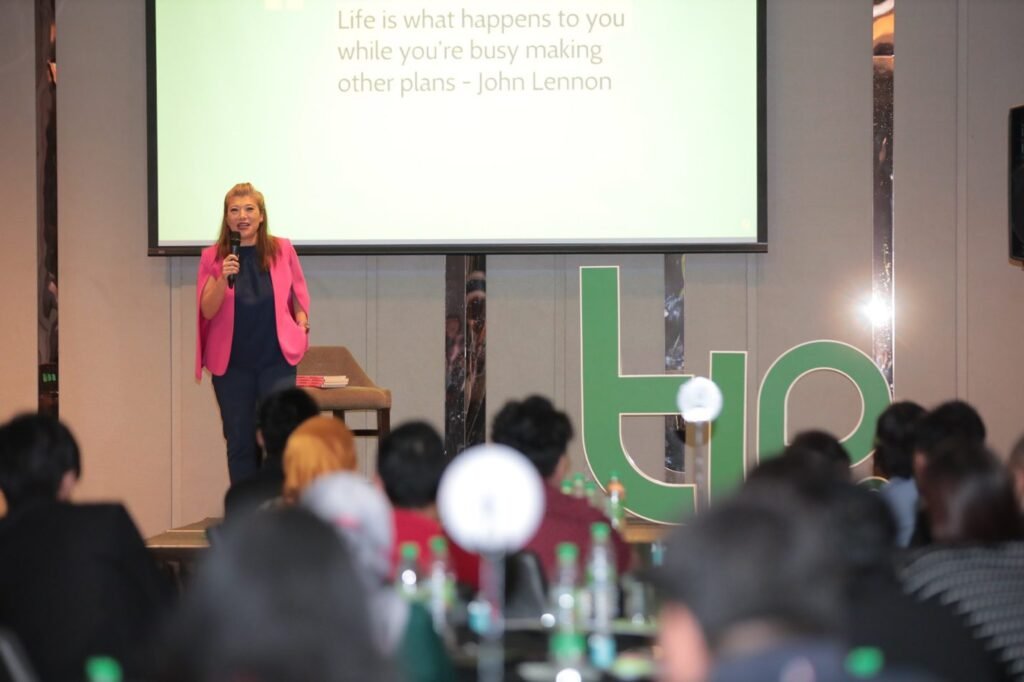To meet the evolving demands of doing business, organisations today are leveraging technology more than ever. The workplace has become a digital one. HR digital revolution is here and moving rapidly, from everyday work processes to recruitment, onboarding, and talent retention.
HR digitalisation will transform our work, creating a workforce approach that goes beyond automation. In addition to business agility, it should also include a more comprehensive use of services, as well as upskilling and reskilling of the workforce.
In addition to shaping a company’s culture, HR digitalisation will also be a factor in attracting and retaining talent, as employees nowadays seek purpose in what they do at work, and meaningful work becomes a key determinant in talent acquisition and retention.

Further, many employees today believe that working for a digitally-enabled company that integrates culture, engagement, and technology seamlessly is important. By enhancing efficiency and innovation, an organisation will be able to break down communication barriers and transform the employee experience.

Nevertheless, the changing workforce landscape should also be considered – a lot of organisations nowadays have as many as five different generations coexisting at the same time. This can slow down the adoption of new technology by increasing the complexity of HR.
As a result, HR should continue to find new ways to achieve business results with greater simplicity and in a more appealing way for everyone, regardless of their generation. In an era where so many HR management systems and new technologies are being introduced, it’s important to find one that fits the needs and structure of your workforce.
The need to future-proof your workforce is another huge factor that contributes to the need for HR digital revolution. To achieve this, companies must embrace disruption, leverage information technology such as social media and communication tools and find ways to increase productivity and encourage collaboration across teams and departments without compromising quality.
HR has already undergone significant changes over the past few years. To reap the benefits of the digital revolution, HR must lead transformations and engage employees. There will be more big changes in the future.
How about yours?













